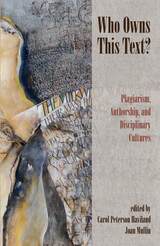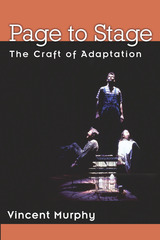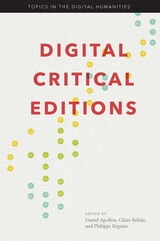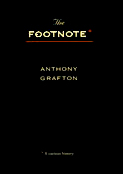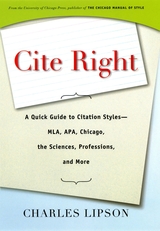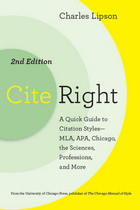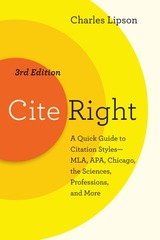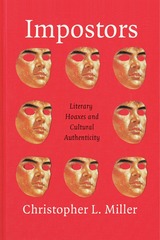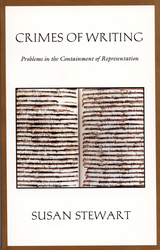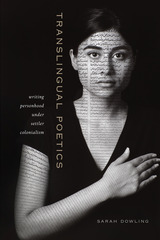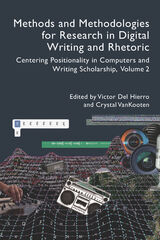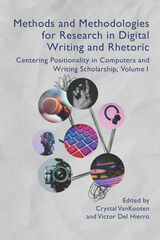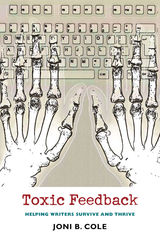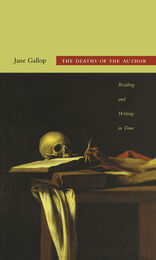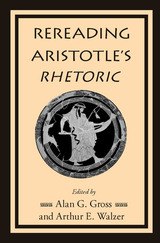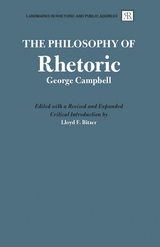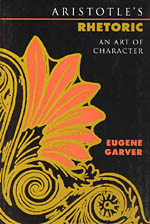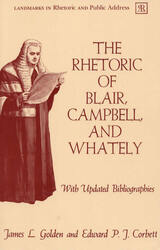Crimes of Writing: Problems in the Containment of Representation
Duke University Press, 1994
Paper: 978-0-8223-1545-2
Library of Congress Classification PN171.F6S74 1994
Dewey Decimal Classification 809
Paper: 978-0-8223-1545-2
Library of Congress Classification PN171.F6S74 1994
Dewey Decimal Classification 809
ABOUT THIS BOOK | AUTHOR BIOGRAPHY | REVIEWS | TOC
ABOUT THIS BOOK
From the origins of modern copyright in early eighteenth-century culture to the efforts to represent nature and death in postmodern fiction, this book explores a series of problems regarding the containment of representation. Stewart focuses on specific cases of "crimes of writing"—the forgeries of George Psalmanazar; the production of "fakelore"; the "ballad scandals" of the eighteenth and nineteenth centuries; the imposture of Thomas Chatterton; and contemporary legislation regarding graffiti and pornography. She emphasizes the issues that arise once language is seen as a matter of property, and authorship is viewed as a matter of originality. Finally, Stewart demonstrates that crimes of writing are delineated by the law because they specifically undermine the status of the law itself: the crimes illuminate the irreducible fact that law is written and therefore subject to temporality and interpretation. This valuable and pioneering work, originally published in 1991 (Oxford University Press), will be of interest to literary and legal theorists, folklorists, anthropologists, and scholars of eighteenth-century and postmodern culture.
See other books on: Crimes | Law and literature | Mimesis in literature | Problems | Stewart, Susan
See other titles from Duke University Press


